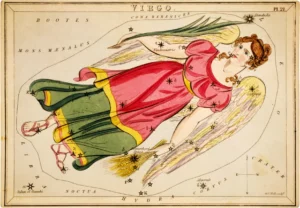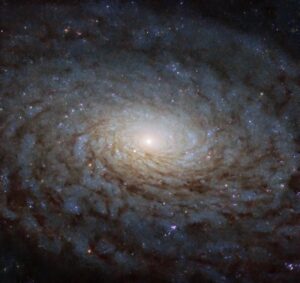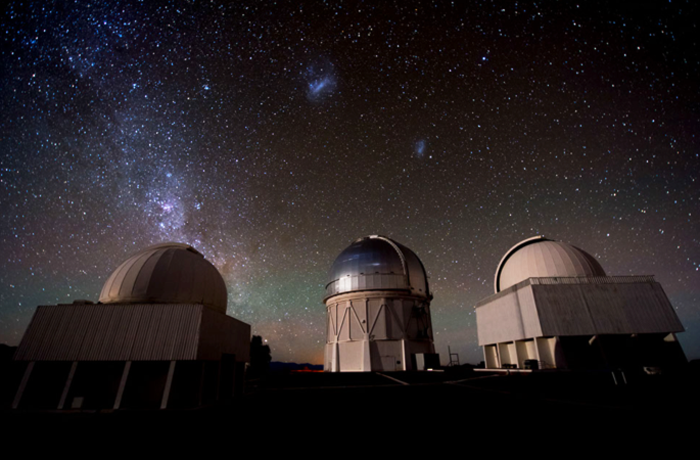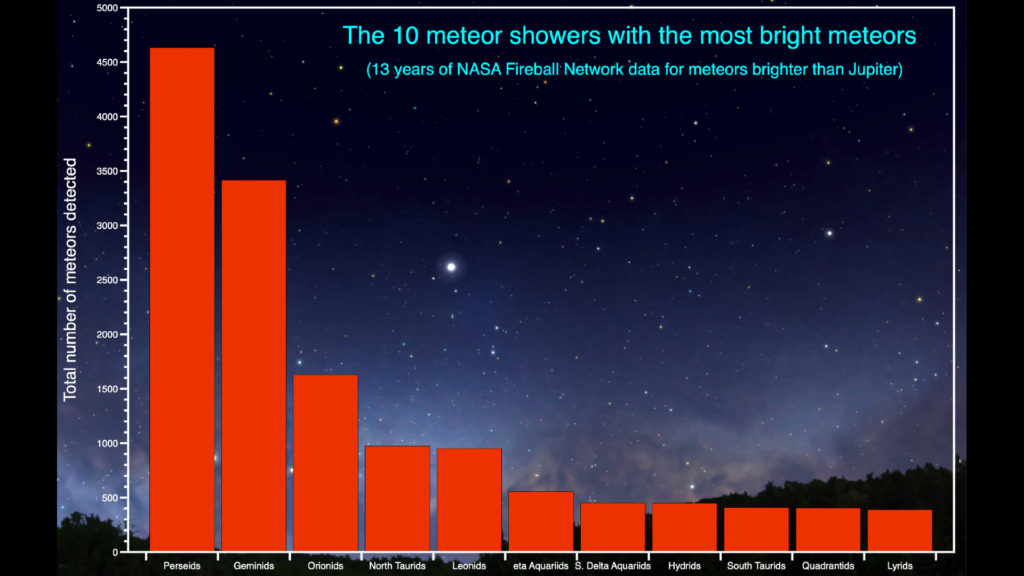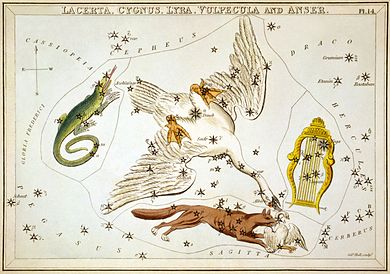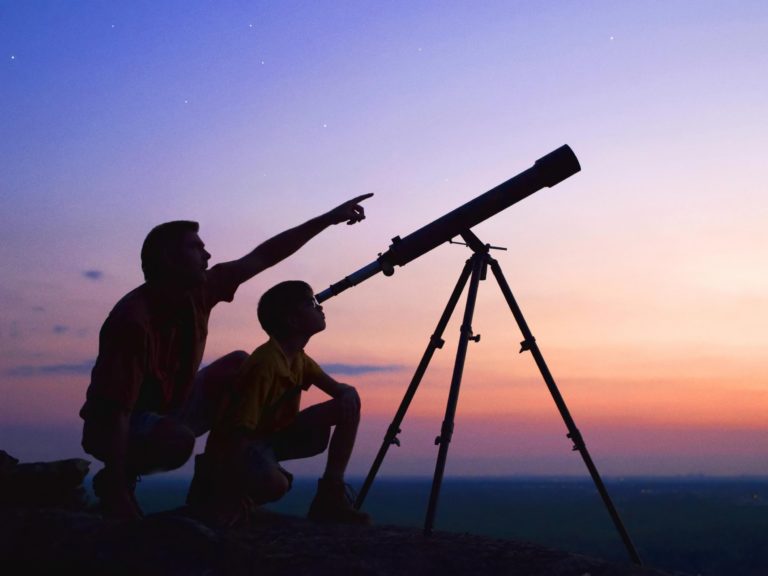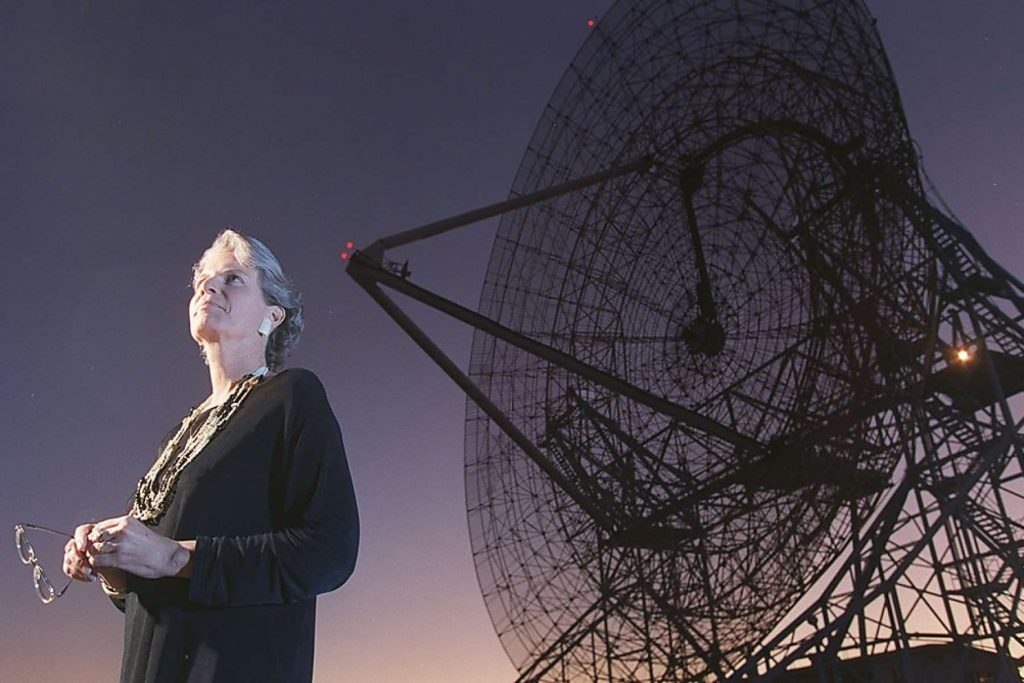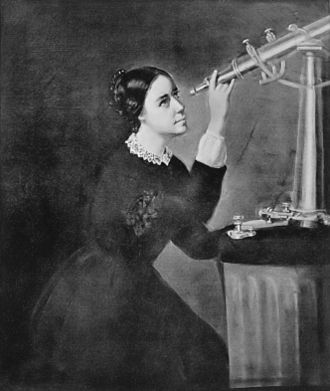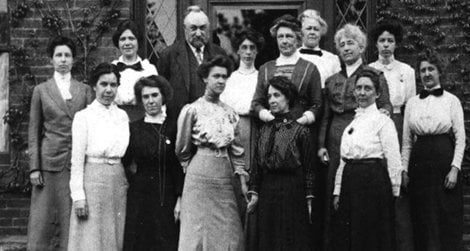Memorial Day Tribute: Naming Stars to Honor Loved Ones and Pets Forever
Honoring departed loved ones and pets through heartfelt star-naming tributes. Stars symbolize eternal beauty and a connection to something greater. Create lasting tributes by associating stars with cherished individuals or companions. Memorial Day holds deep significance, a time to remember and honor the departed. Pay tribute to loved ones by naming stars, and forming personal links with the heavens. Star-naming aids in coping with grief and finding solace in the vast cosmos. Memorial Day serves as a collective remembrance, uniting communities in honoring legacies. Reflect on shared memories with departed loved ones on this special day.
Star names extend remembrance, symbolizing their enduring presence in the night sky. Visit gravesites, hold vigils, and participate in ceremonies on Memorial Day. Honor the impactful legacies left behind by those who have passed away. Naming stars ensures their spirits shine brightly, providing comfort and healing. Stars represent continuity and a connection beyond ourselves, offering solace. Memorializing loved ones through star naming brings comfort and reassurance. Their essence lives on in our hearts and in the stars above. Naming a star as a memorial tribute is a poignant gesture. Link the celestial realm with personal experiences to find solace in grief. Memorial Day strengthens remembrance, honoring those who have departed. Meaningful acts of remembrance ensure the enduring legacies of our loved ones.
When it comes to honoring a deceased loved one or pet, naming a star provides a unique and heartfelt memorialization option. Stars have always held a special place in the human imagination, representing everlasting beauty and a connection to something greater. By associating a star with a cherished individual or companion, we create a lasting tribute symbolizing their enduring presence in our lives.
Memorial Day, an important day of remembrance, holds significant meaning in our hearts. It is a time when we honor those who have passed away, paying tribute to their sacrifices. Additionally, it serves as an opportunity to remember our departed loved ones. On this solemn day, communities gather to commemorate their impact and share cherished memories.
Choosing to name a star after a loved one or pet offers a personal and tangible connection between the heavens and our cherished memories. It acts as a constant reminder of their joy and love, helping us cope with grief and find solace in the vastness of the cosmos.
As Memorial Day approaches, we reflect on the memories and experiences shared with our departed loved ones. It is a time for visiting gravesites, attending vigils, and participating in commemorative ceremonies. Incorporating the act of naming a star into this remembrance can enhance the experience, providing a symbolic representation of their eternal presence in the night sky.
Moreover, memorializing loved ones through star naming helps us find healing and comfort. It offers continuity and a profound connection, reminding us that although they may be physically absent, their essence lives on in our hearts and in the twinkling stars above. This realization, especially on Memorial Day, brings solace and the reassurance of their enduring love.
In conclusion, naming a star to memorialize a loved one or pet is a poignant and meaningful way to honor their memory. It establishes a lasting connection between the celestial realm and our personal experiences, offering solace during times of grief. Memorial Day, a significant occasion of remembrance, complements this act by providing an opportunity to reflect and pay tribute to those who have passed away. Combining these elements ensures that the legacies of our loved ones continue to shine brightly, bringing comfort and healing to those left behind.



